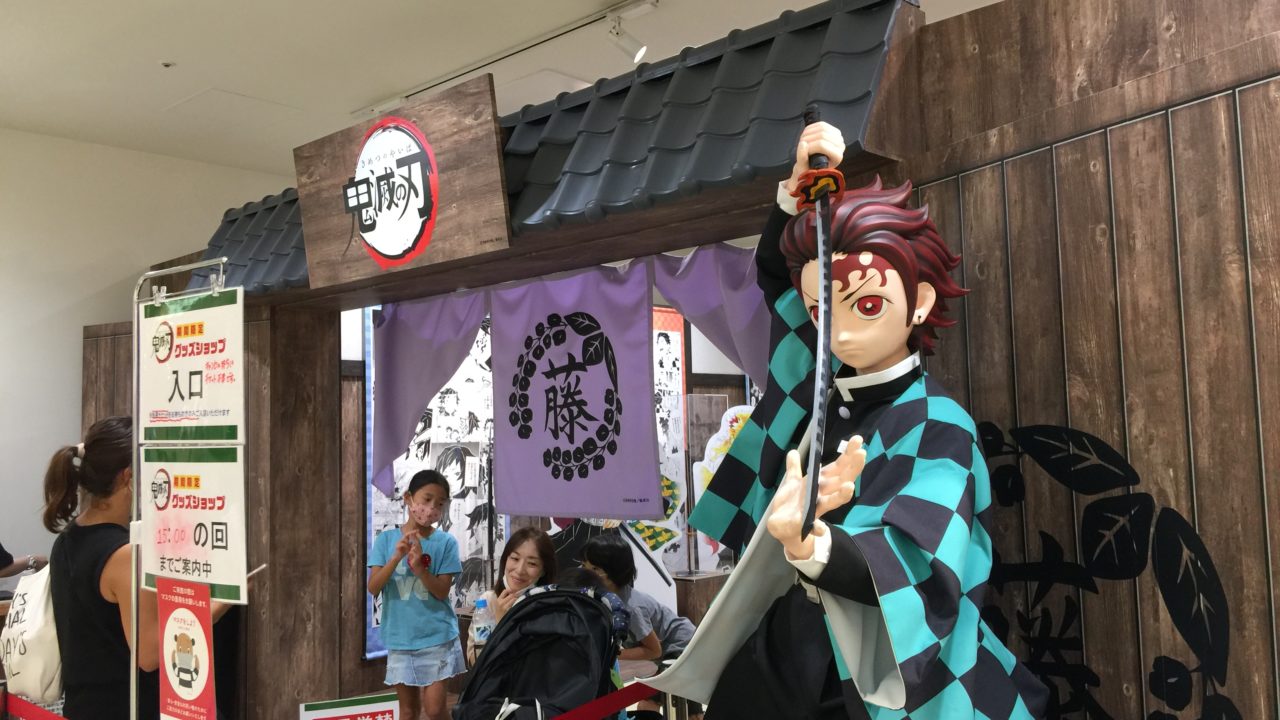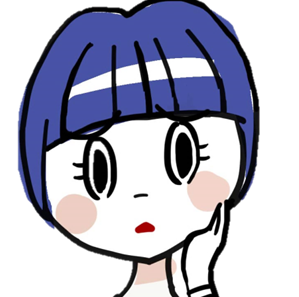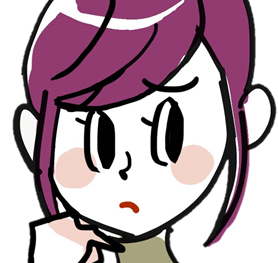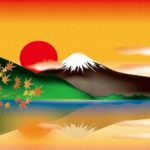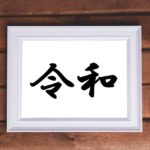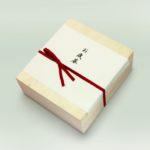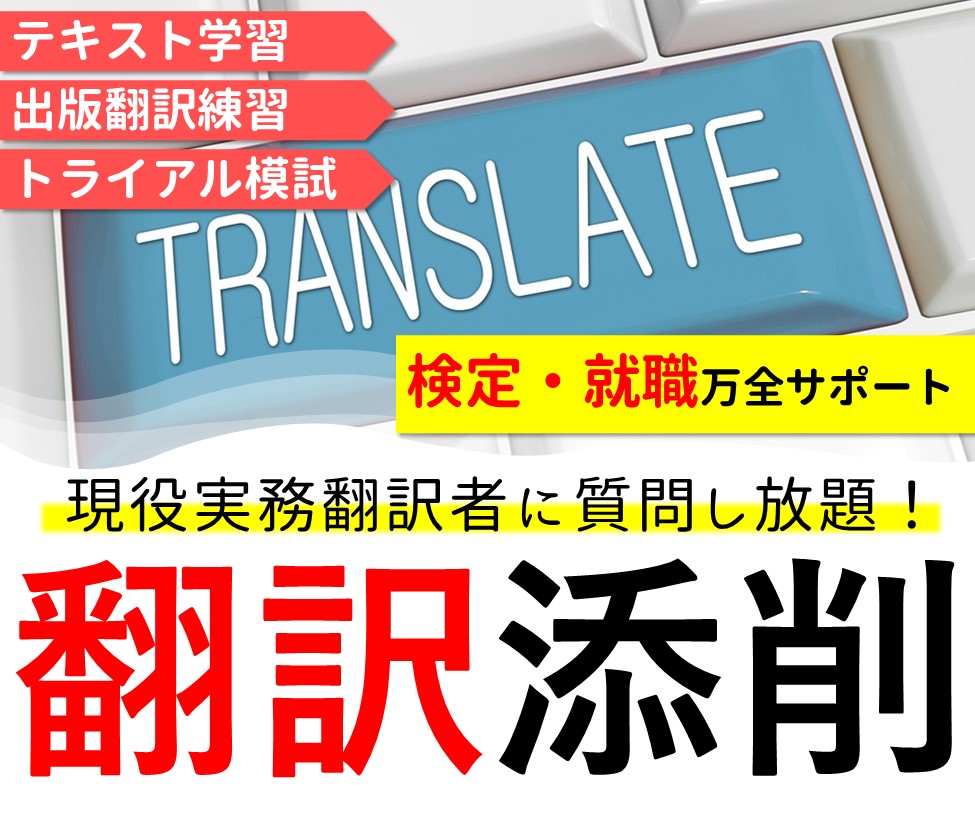2020年5月に、約4年3カ月の連載(れんさい)が完結(かんけつ)した人気漫画「鬼滅の刃(きめつのやいば)」は、アニメ化(か)、映画化(えいがか)もされ、海外にもたくさんのファンがいます。そこで今回は、「鬼滅の刃(きめつのやいば)」をもっと理解するための情報を、英語と日本語で話してみましょう。
鬼滅の刃の英語タイトルは「Demon Slayer」です。でも、Kimetsu no Yaibaとローマ字で書いても通じます。キャラクターの名前や技の名前もローマ字で通じるので、アニメファンどうしでSNSなどで交流してみてはいかがでしょうか?
英語と日本語で、よんでみよう!
もっとくわしく!
「鬼滅の刃」の時代設定や場面設定は、日本の歴史や習慣を学ぶうえでも役立ちます。「鬼滅の刃」を通して、日本の文化を英語で説明してみましょう。
大正時代の生活―Life in the Taisho era

「鬼滅の刃」の時代設定は、大正時代です。1912年から1926年までを指します。大正時代には電気やガスが普及していなかったので、炭は燃料として生活必需品でした。
The setting of ” Demon Slayer: Kimetsu no Yaiba” is based on the Taisho era. It’s from 1912 to 1926. Since electricity and gas were not widely used in the Taisho era, charcoal was a daily necessity for fuel.
「火鉢(ひばち)」という陶磁器や金属でできたポットに炭を入れ、暖房や調理、湯沸かしなどに使っていました。
Charcoal was put in a pot made of ceramics or metal called “hibachi”, and used for heating, cooking, and boiling water.
主人公の炭治郎の仕事は、炭売りでした。雑木を伐って山をきれいにし、その木を焼いて炭にして売ればお金が稼げるので、農家の副業として炭売りがさかんに行われていました。
The main character, Tanjiro, was a charcoal seller. Charcoal sales were actively carried out as a side business for farmers because if they cut off shrubberies to clean the mountains and made charcoal by burning the tree, they could make money by selling the charcoal.
大正時代の魔物とは―What were Demons during Taisho period?
大正時代の平均寿命は44歳で、最も多い死因は伝染病でした。例えば、1918年(大正7年)~1920年にかけて、歴史的なパンデミックであるスペイン風邪が流行しました。
From the year 1918 (Taisho 7) through 1920, there was a historic pandemic known as the “Spanish flu”. During the Taisho period, the average life span was 44 years old and disease was a major cause of peoples’ death.
それ以上に人々が恐れていた病気がコレラです。庶民には病気の原因が分からなかったことから、コレラは魔物が人に取り憑いて起こると思われていました。大正時代には鬼がいると信じられていたのです。
More so than the Spanish flu, people feared a disease called Cholera. They didn’t know what caused Cholera and believed that it was demons possessing humans. In the Taisho period, people believed that demons existed.
人々はコレラに「虎狼狸(コロリ)」という漢字をあて、トラとオオカミとタヌキが合体したような姿をした怪物の想像図を描きました。看護兵が虎狼狸に消毒薬を噴射して闘っている絵も残っています。見えない魔物と兵士が闘っているように見えたからでしょう。
In Kanji, Cholera was written and read as “虎狼狸”(korori) by lining up characters for tigers, wolves, tanuki (raccoon dogs), so some artists visualized korori, the imaginary demon, with these comparisons into their paintings. There is a remaining painting which portrayed soldiers fighting against korori by spraying a disinfectant, as if they were fighting against this invisible demon.
鬼滅の刃の「聖地巡礼」―“Pilgrimage” of Kimetsu No Yaiba(Demon Slayer)
鬼滅の刃の物語の舞台は、浅草など東京の地名は、漫画の中で公表されていますが、その他の地方は特定されていません。
The locations in Tokyo in Kimetsu no Yaiba described in the story exist, like Asakusa for example. But many other places were not specified by the creators.
しかし、アニメファンが各地の神社と鬼滅の刃の共通点を探し出すことに成功しました。
そのうちの一つが、福岡県太宰府市にある宝満宮竈門神社です。主人公の姓が「竈門」であることや、都市を守る鬼門があることが理由です。
However, animation fans succeeded to find the similarities between shirines in various places and those in Kimetsu no yaiba. One of these is Homangu kamado shrine in Dazaifu-shi, Fukuoka. The reason is that the family name of the hero is “Kamado” and there is Kimon, Demon Gate, to protect the capital against demons.
大分県別府市にある八幡竈門(かまど)神社も有名です。この神社には鬼が造ったと伝わる石段があります。また、鬼たちが日光に当たって滅びたという言い伝えも、漫画の設定と共通しています。
Hachiman kamado shrine in Beppu-shi, Oita, is also famous. This shrine has stone steps which are said to have been made by demons. Additionally, those demons from the legend being defeated by being exposed to the sun’s rays match with the setting of the story.
また、意外な聖地が栃木県足利市にある「あしかがフラワーパーク」です。物語の重要シーンである「鬼殺隊の最終選別」が行われた「藤襲山」によく似ており、ここで大きな藤の木を見上げると、アニメの世界観に浸ることができるのだそうです。
Furthermore, “Ashikaga flower park” in Ashikaga-shi, Tochigi, is a pilgrimage. It may be an unexpected discovery. In “Mt.Fujikasane”, there is a place that resembles that location to the “Final Selection of Kisatsutai(demon slayer unit)”, which was an important scene to the story. Fans say when they look up at the big wisteria trees, they can immerse themselves into the world of the animation.

